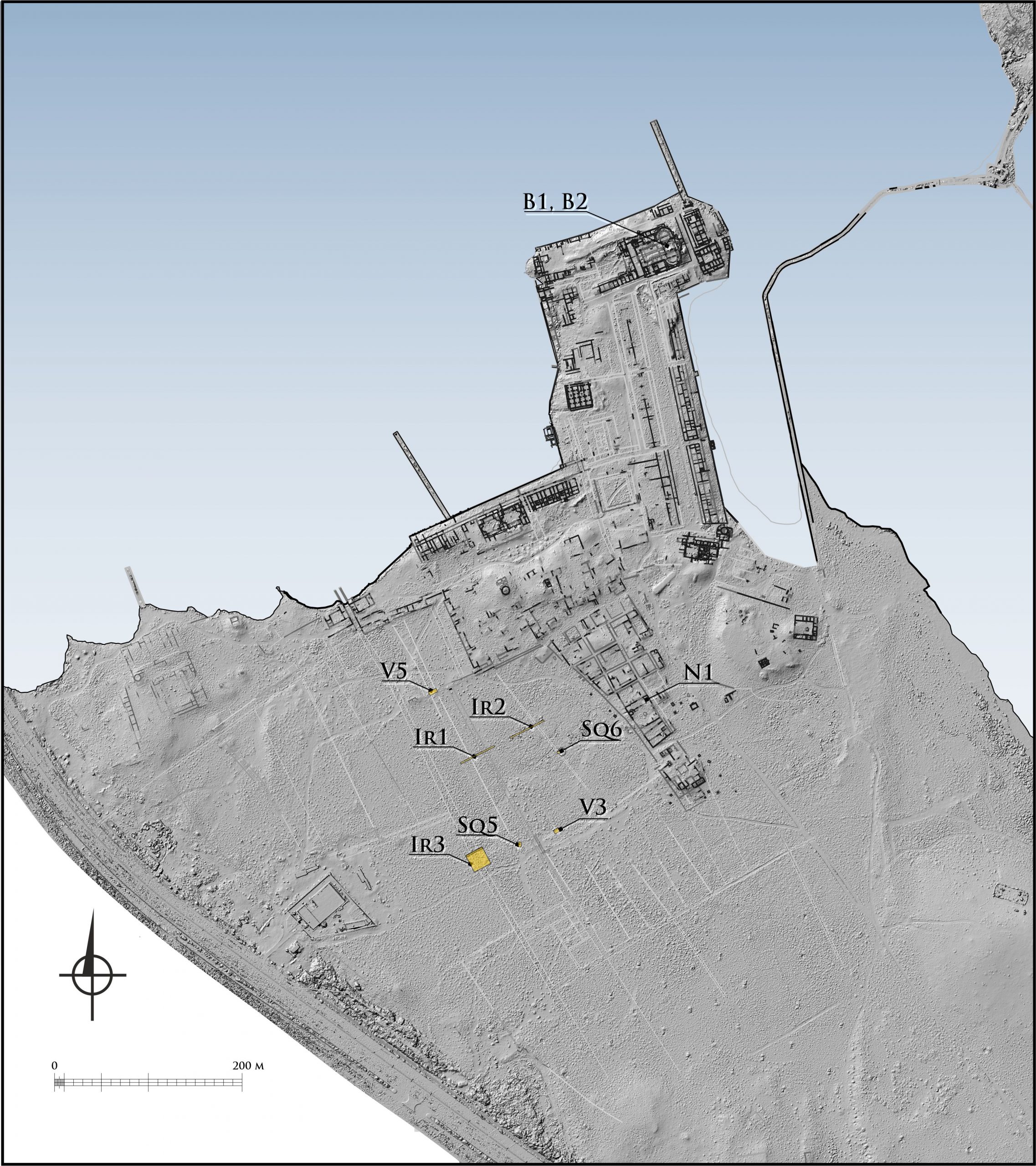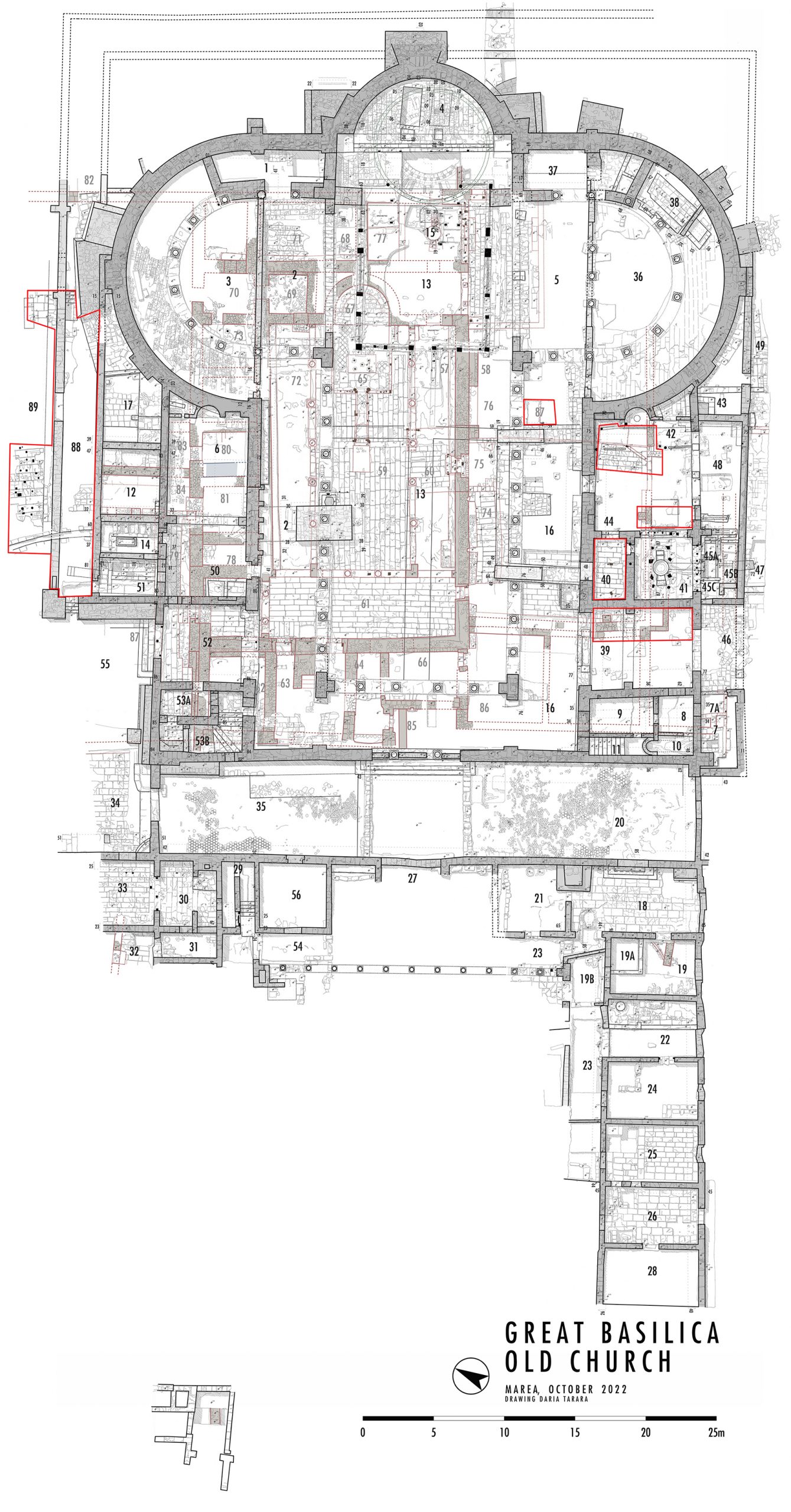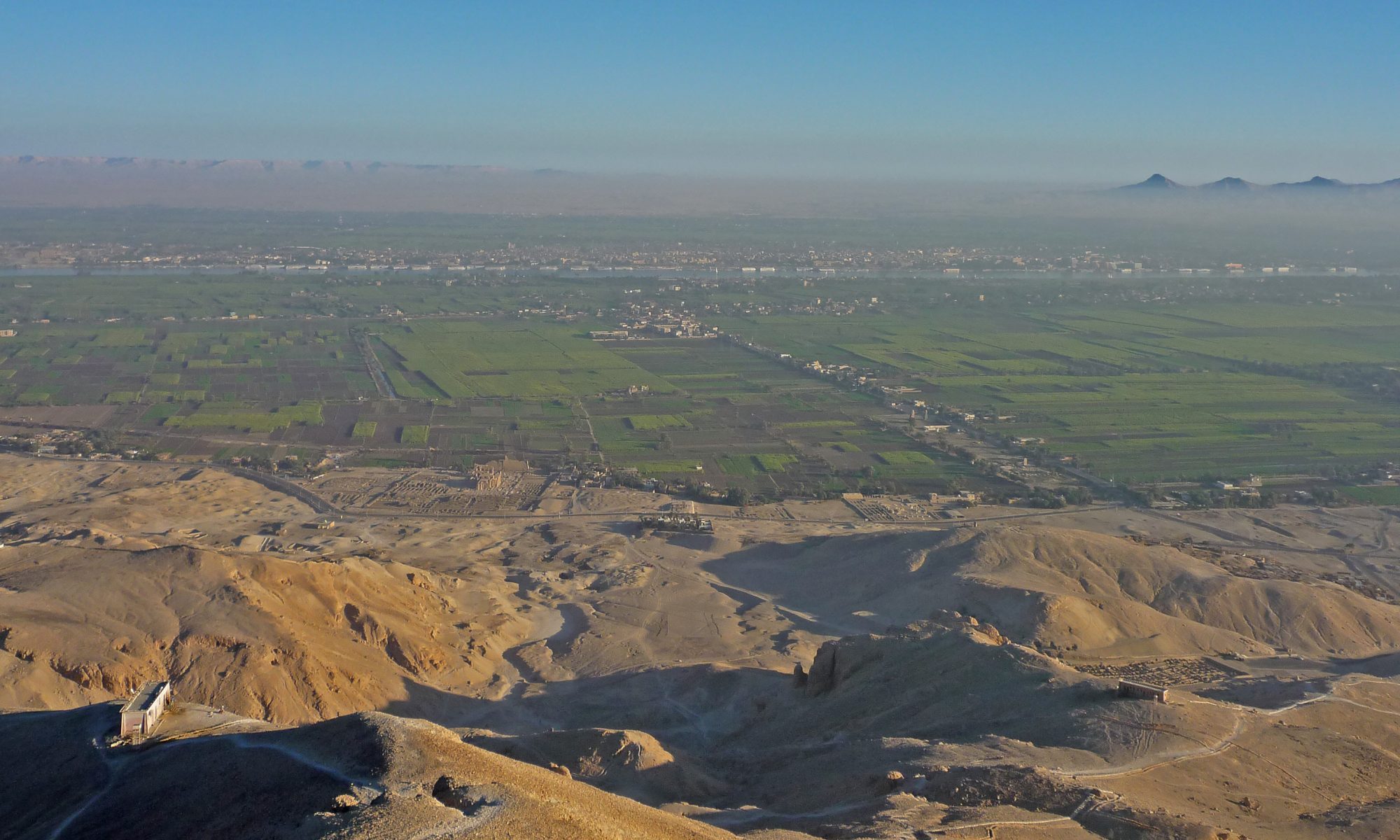The ruins on the southern shore of Lake Mareotis were first investigated in 1977–79 by Alexandrian archaeologist Fawzi el-Fakharani, who unearthed a double baths complex, a coastal street, and a mill. Since 2000, a Polish mission has continued the research focusing on a great basilica church situated on a hill close to the lake, the second largest building of its type in Egypt (after Abu Mena). In 2022, we continued our research in the northern part of the site, within the complex of Great Basilica and the older church discovered below it in 2018. The results of the 2022 season are interesting here, mainly due to the possibility of placing the old church in the context of the surrounding buildings existing already a century before the 6th century foundation of the city.

Another important spot of our archaeological activity was area N1. In 2021, we identified here a church with monumental architecture and very rich decorations, of which only minimal traces have remained. In 2022, south to the church, we unearthed a baptistry, the fourth (sic!) baptistry in Marea. The church with the baptistry was the most important element of the entire complex, the recognition and identification of which was not yet possible. These promising results require us to continue our research in this area, now with a view to completely exposing the church and the entire complex south of it. This work will be a crucial part of our archaeological activity in the next two years.



In 2022, we continued — to a limited extent — the geophysical survey in the central part of the site. The research was carried out on a flat area, covered with low vegetation, on the southern side of the city, which in ancient times was its agricultural hinterland. The aim of the research was to supplement the map of channels prepared as a result of surface survey. The measurements showed that the magnetic method is useful not only in tracking the course of the canals, but also can provide information about their construction, especially when confronted with archaeological excavation. An important element of this system is a big saqqiua (water wheel), the largest so far identified in Marea, with a diameter of approx. 14 m.
Our archaeological activity, as always, was accompanied by conservation works, both on the site (primarily securing the walls of buildings intended in the future for presentation to visitors) and in the storage house, where our conservators focused on important groups of monuments, consisting of hundreds or even thousands of fragments of wall paintings and coins found in previous seasons.

